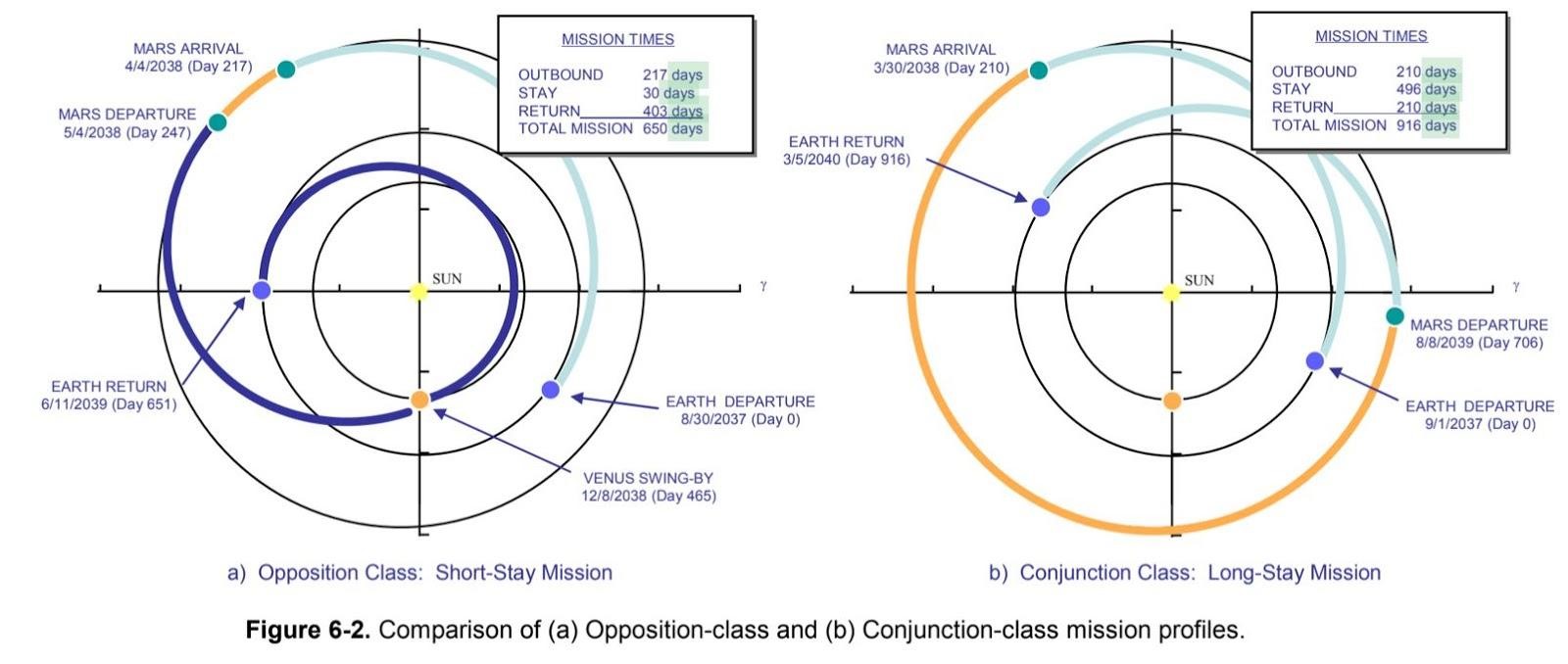
Chair

Associate Chair
Introduction
Today’s human Mars mission concepts involve very high risks to the health of their crews from radiation exposure and long term microgravity effects. These problems might be largely solved by a propulsion system capable of traveling at a constant acceleration of 1g all the way to Mars and back. It is possible that 1g acceleration would reduce the travel time from Earth to Mars to less than one week. It would also reduce the impact of microgravity by simulating an Earth-like onboard gravity experience. This project should explore the feasibility and implications of a 1g propulsion system for a Mars mission. What problems would such a system address and what new ones might it create? What technologies will be required? Are the investments worthwhile? What business opportunities might arise and could they be made profitable? What are the broader implications for our culture and society?
Background
As we consider the next phase of human exploration, it is worth evaluating the potential benefits of more advanced forms of propulsion [1,2]. Within the last decade gains in artificial intelligence, robotics, additive manufacturing, materials engineering and quantum physics may have brought advanced forms of propulsion nearer than we realize. Furthermore, the nascent commercial space sector can provide unprecedented access to Low Earth Orbit, a fertile testing ground for space-based research and development into additive manufacturing, space robotics and in-situ resource utilization.

Two NASA architectures [3] being considered for Mars exploration are illustrated above. The short-stay architecture lasting 650 days would spend 30 days on the surface, while the long-stay mission would last 916 days (2.5 years) with almost 500 days on the surface. Both these architectures consider transits between Earth and Mars based on the use of chemical propellants and lasting 7-13 months.
From a design standpoint, a spacecraft capable of continuous 1g acceleration could be the ideal form of transport for humans through the solar system. Simple relativistic calculations show that at least from an energy point of view, this is could be possible.
Objectives
For this team project you are asked to review propulsion technologies beyond traditional chemical propulsion and propose your best solution for a 1g propulsion system to travel to Mars and beyond. Your analysis should rely on our present-day understanding of available technologies, reasonable projections for how these technologies will advance and our present-day scientific understanding of the universe.
Brainstorm and define propulsion from a systems point of view. What elements of your proposed system would be available and technically mature enough at this time? Which would be critical and require significant developmental efforts. Create a research and development roadmap towards the production of such a system. What are the likely risks, and benefits (both direct and indirect). Thinking about this propulsion system as your future product, how would you fund its development and build a first prototype? Try to identify who might be your early stage customers, investors and partners.
Try to forecast how a 1g propulsion system would affect our ability to establish a permanent human presence on Mars, and enable further exploration and development of the solar system. What are the implications for human culture and society, for international policy and for economic growth if Mars is brought within reach?
Tasks
- Review available literature and seek out ISU Faculty and Lecturers to research advanced propulsion concepts.
- Brainstorm what types of technologies would be feasible for 1g propulsion and choose the best one.
- Define your system and design its development roadmap.
- Consider the impact of a 1g Earth Mars propulsion system on the 7-core ISU departmental disciplines.
- Based on your analysis, if a 1g propulsion system is desirable, how might you convince decision makers to take the next steps towards its inception.
Suggested References
[1] Frisbee,Robert H., "Advanced Space Propulsion for the 21st Century", Journal of Propulsion and Power, Vol. 19, No. 6 (2003).
[2] Houtes, M., et al, “NASA’s Nuclear Thermal Propulsion NTP Project”. Presentation by NASA Marshall Space Flight Center (2018). https://ntrs.nasa.gov/archive/nasa/casi.ntrs.nasa.gov/20180006514.pdf
[3] Drake, Bret G., editor, “Human Exploration of Mars Design Reference Architecture 5.0,” NASA-SP-2009566, July 2009.
[4] Harry Stine, G. “The Third Industrial Revolution’ (1979).
